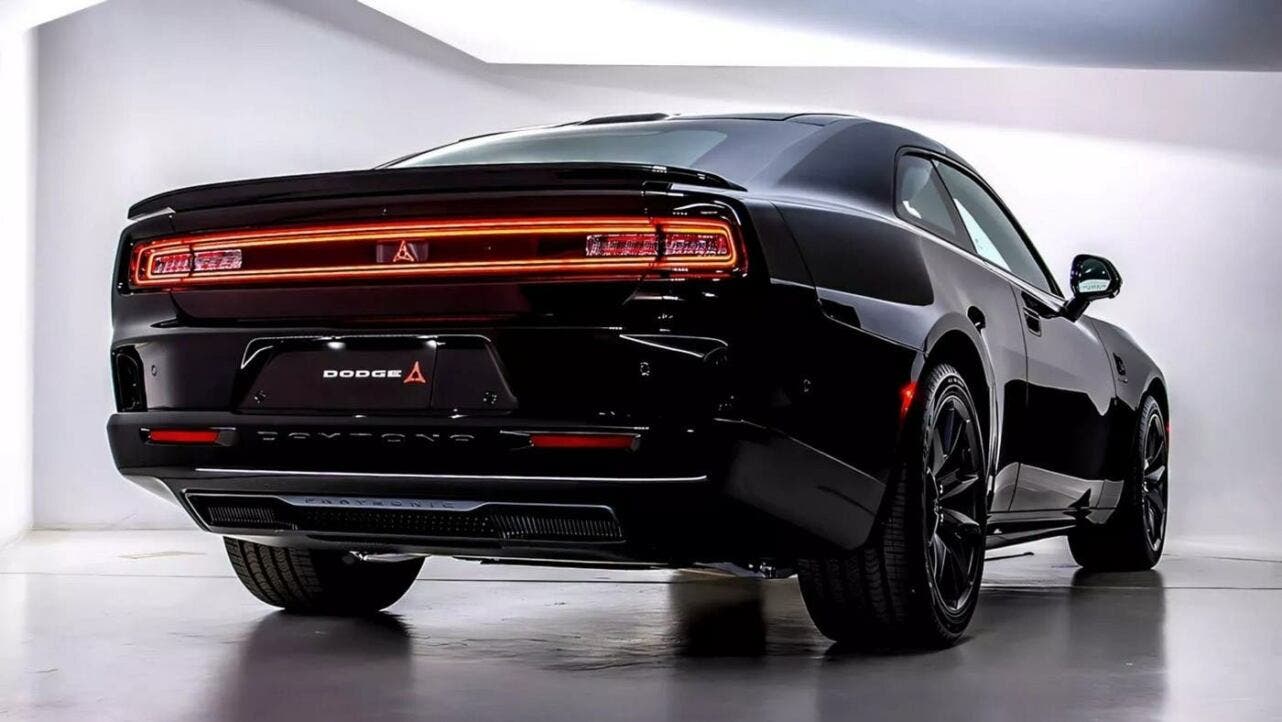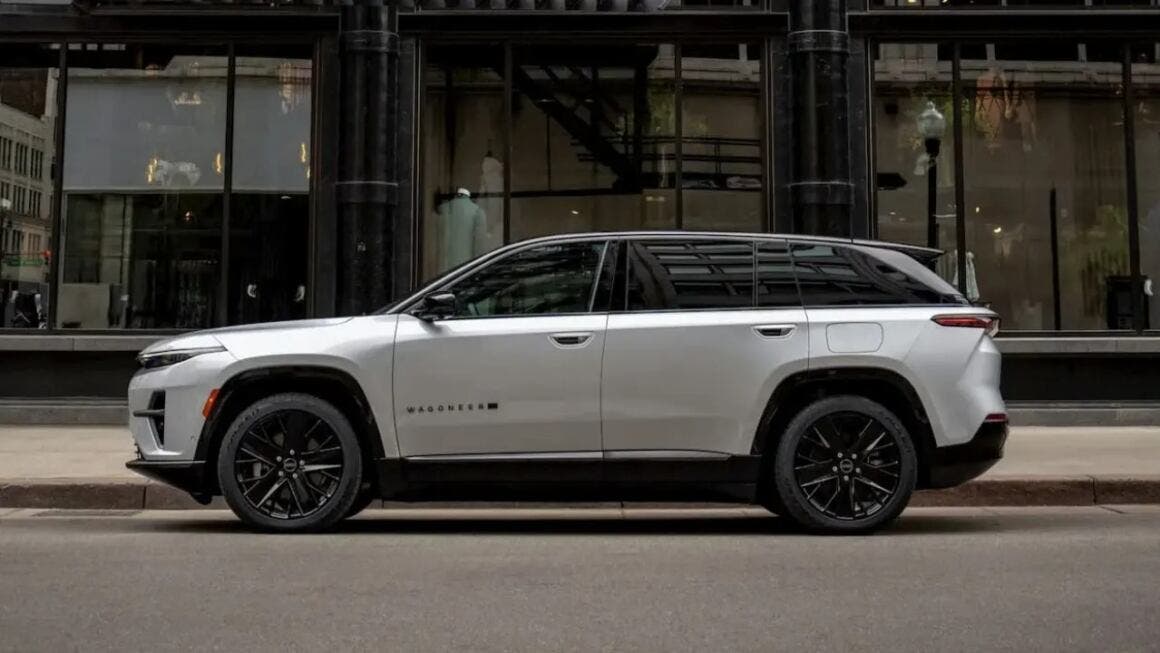In the United States, some Dodge Charger and Jeep Wagoneer S owners may have faced a rather unusual situation: electric cars that started moving on their own despite being parked. Sudden self-driving? Not quite. The alarm was raised by the National Highway Traffic Safety Administration (NHTSA), which has issued an official recall for a potentially dangerous defect found in a limited number of Dodge and Jeep vehicles built between August 2024 and April 2025.
Dodge Charger and Jeep Wagoneer S recalled in the US over rolling risk

The issue involves the parking pawl return spring (PPRS), a component inside the electric drive module (EDM). Under normal conditions, the system’s locking pin should automatically engage when the gear lever is placed in park, preventing the vehicle from rolling. However, in 75 vehicles identified by the investigation, this engagement does not occur properly, creating a risk that the car could continue to move even when stationary, including on very slight inclines. NHTSA described the defect as “capable of causing a crash without warning.”
The issue surfaced in July 2025, when several customers reported suspicious incidents. Stellantis, the parent company of Dodge and Jeep, quickly launched an internal investigation that isolated the cause and identified the affected models. Specifically, the recall covers 49 Dodge Chargers built between August 2, 2024, and April 3, 2025, and 26 Jeep Wagoneer S units produced between August 9, 2024, and March 18, 2025.

The manufacturer’s response was immediate: by September 25, all affected owners will receive direct notification from FCA US. Repairs will involve a full replacement of the EDM unit at no cost to customers, permanently eliminating the risk.
But Jeep’s troubles don’t end there. NHTSA has also flagged a second recall involving the crossmember (support) behind the dashboard in certain Wagoneer S units, which may not have been properly installed. In the event of a crash, this defect could reduce the vehicle’s ability to adequately protect occupants. Fortunately, the number of vehicles involved is extremely small: just eight units, all built at the Toluca, Mexico plant on January 31, 2025.
